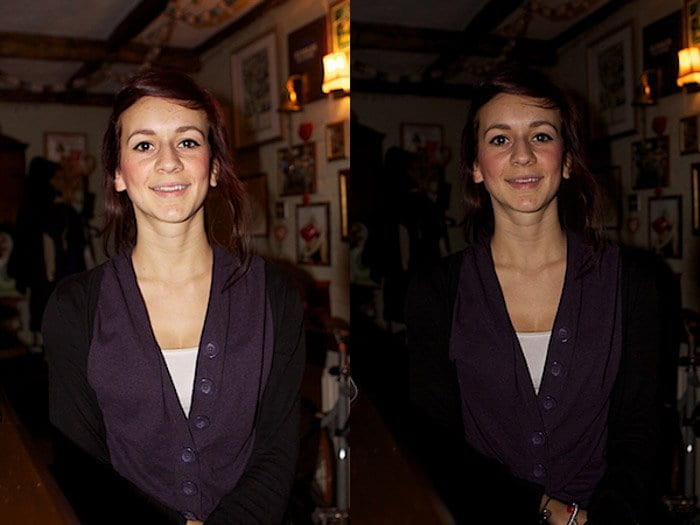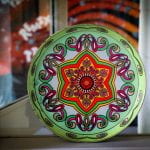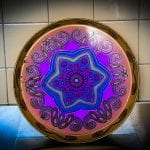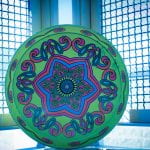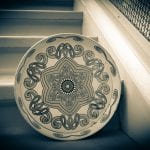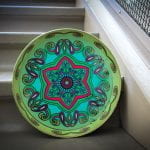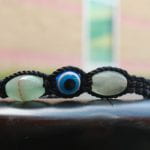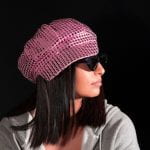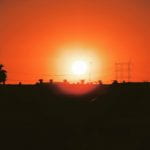The article talks about what kind of photographer or culture are you. Who we are and what we do can feel like defining characteristics. Most of us will spend half our lives trying to define who we are and the other half trying to figure out who we are when we are not doing the thing that defines us. It is a complex human dilemma that societies have wrangled with since the dawn of time.
When someone asks us about who we consider ourselves to be, it can create a range of emotions. Eventually I started to understand that my main interest was in culture. My interest lies in the visible and invisible forces that converge to create something we call culture, that is historically put in contrast to the thing we call nature. After enough introductions and stalled answers, I started to listen to my own words and what I was really describing.
Google the term and see what you find. I found that culture did not mean just remote cultures. There is plenty of culture that exists within cities and densely populated places. The sort of exoticism that dominates photography of tribal cultures does not resonate with me.







